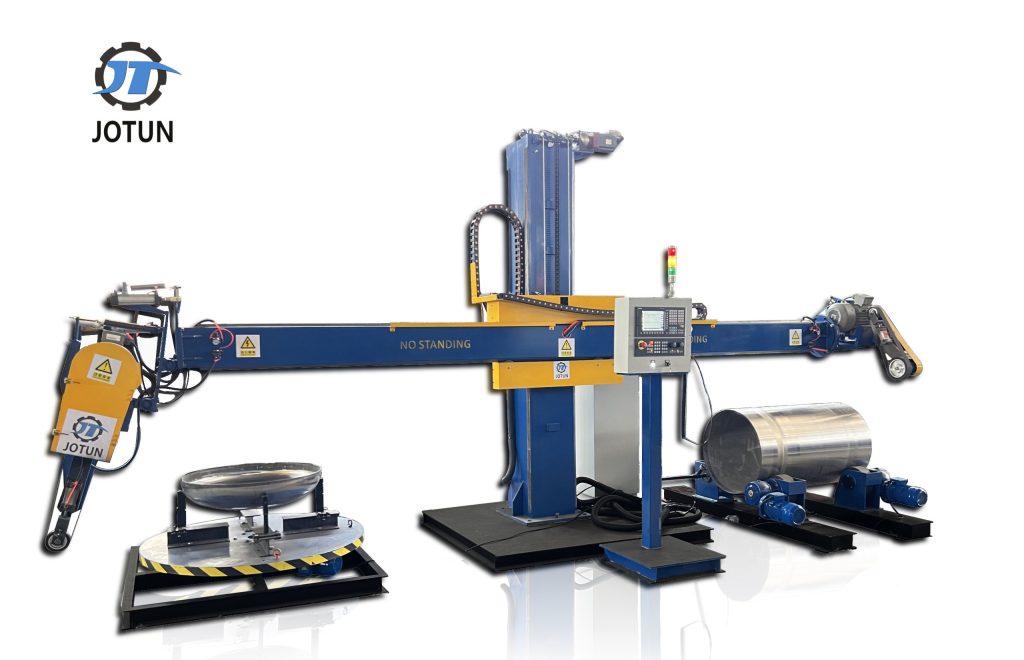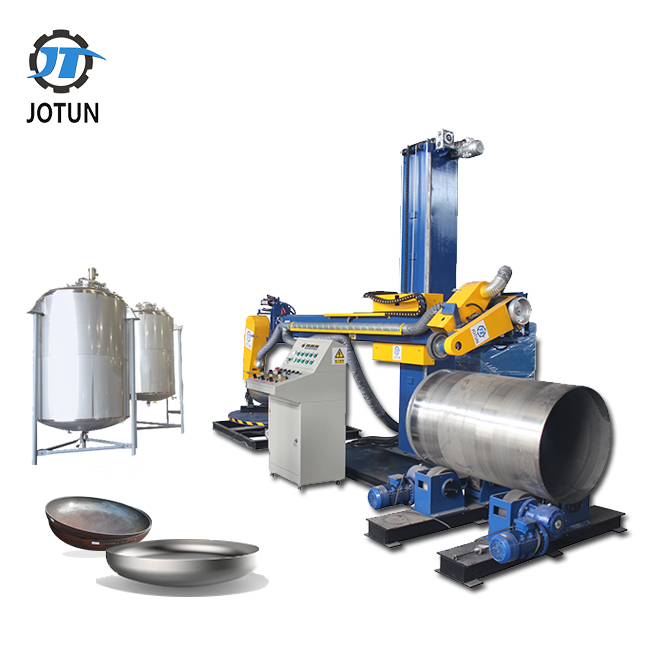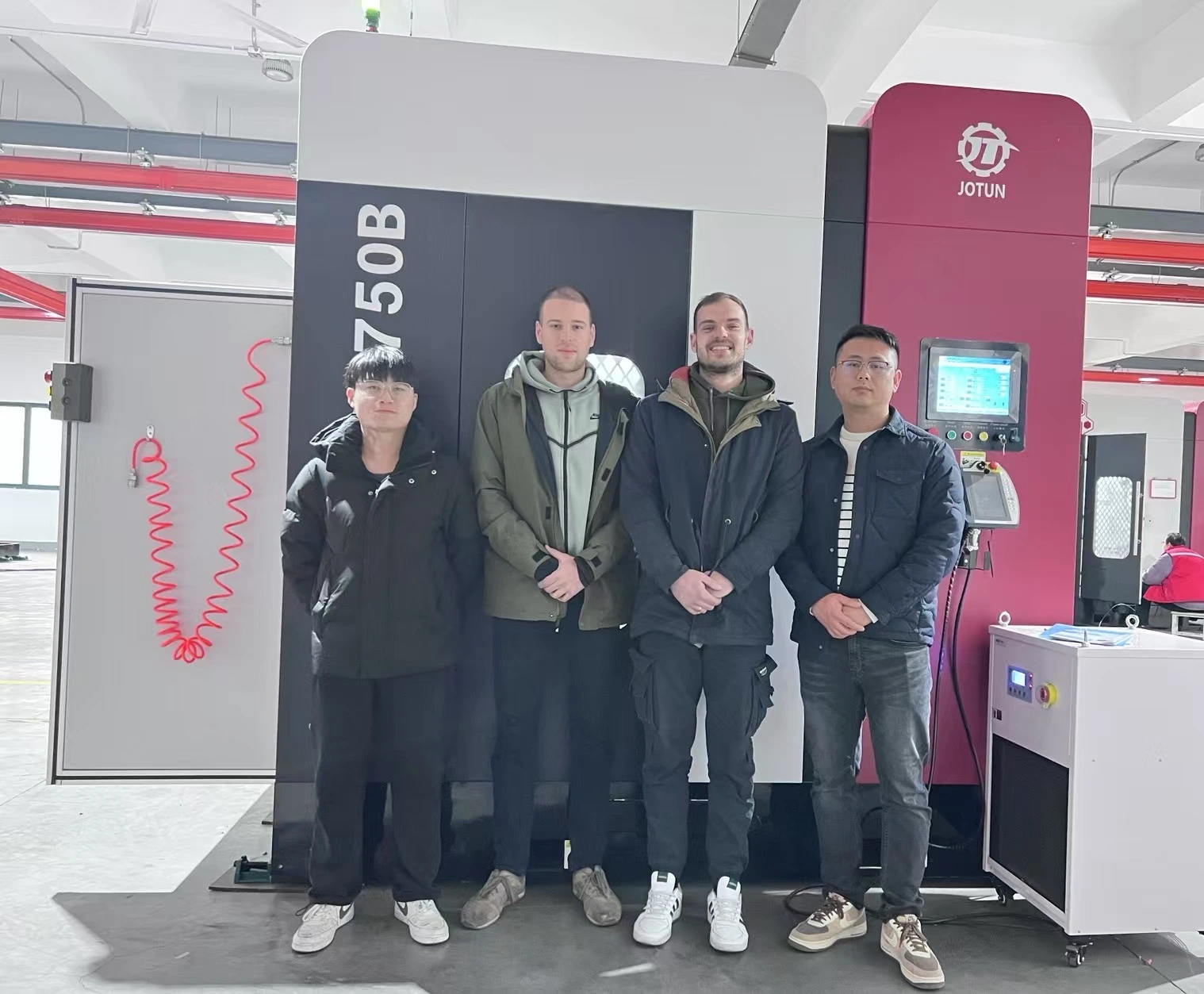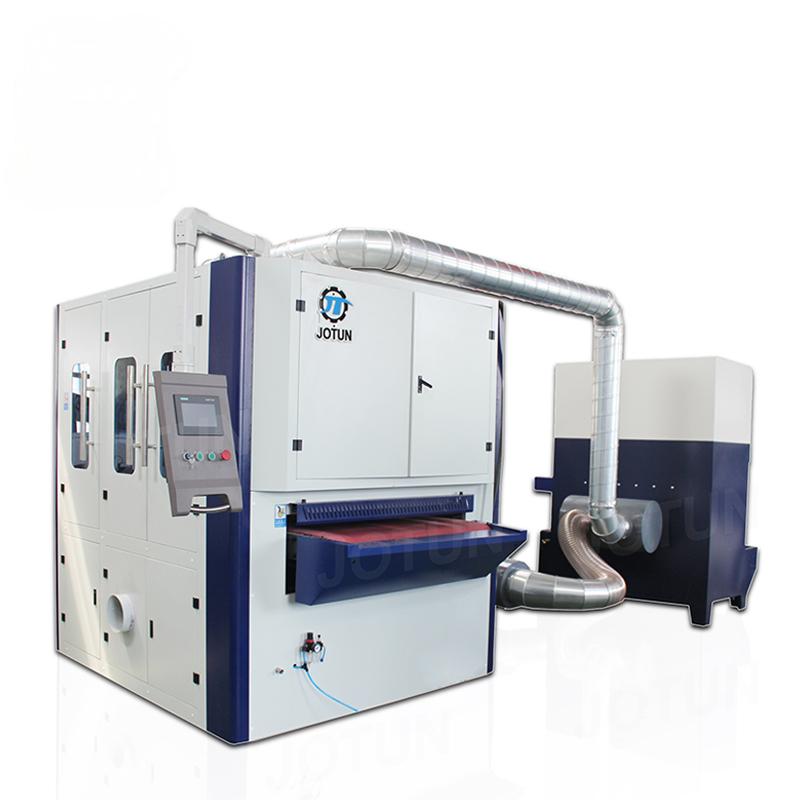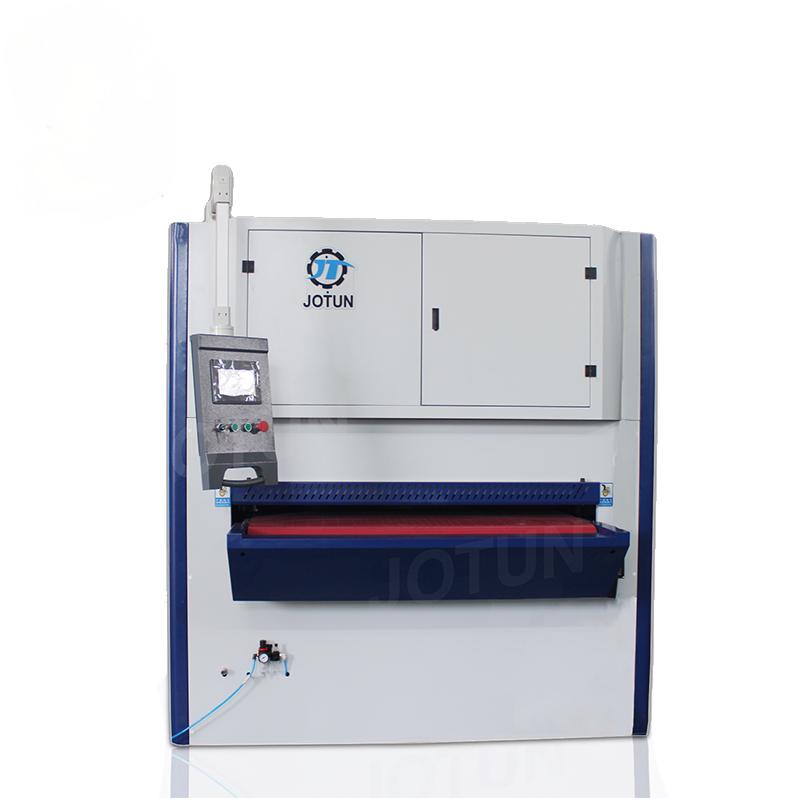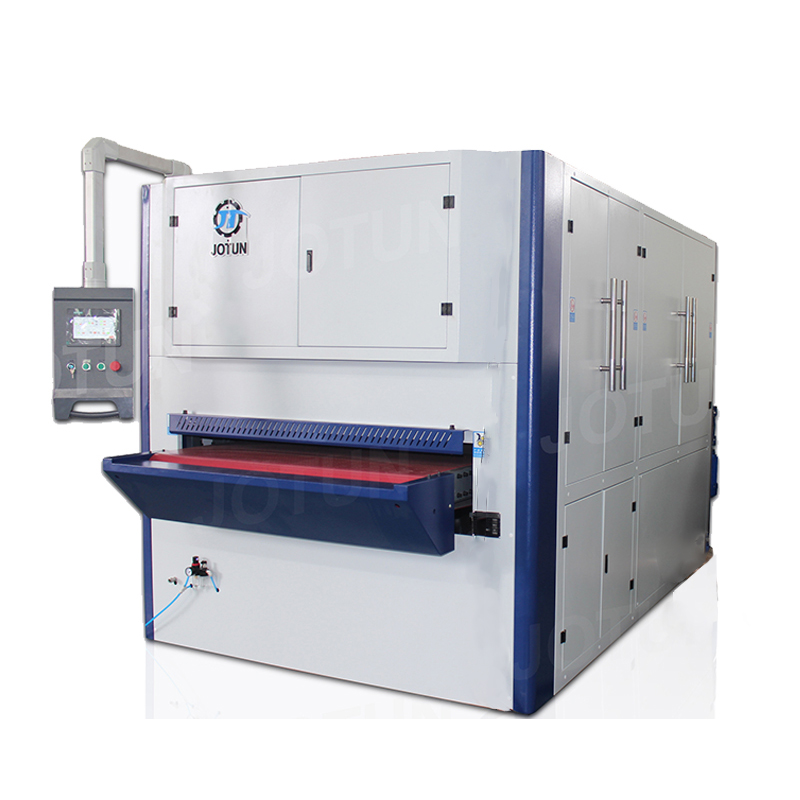In today’s manufacturing landscape, precision and efficiency are paramount. CNC (Computer Numerical Control) polishing machines play a crucial role in achieving high-quality surface finishes across a wide range of materials. Understanding the main components and features of these machines is essential for maximizing productivity and achieving superior results.
Main Components:
Control System: At the heart of every CNC polishing machine is its control system, which comprises sophisticated software and hardware components. This system translates digital design data into precise movements of the polishing tool, ensuring accuracy and repeatability.
Polishing Head: The polishing head houses the polishing tool or abrasive material and is responsible for performing the polishing process. It may feature various configurations, including single or multiple spindles, to accommodate different polishing requirements.
Workpiece Holding Device: To ensure stability and consistency during polishing, CNC machines employ advanced workpiece holding devices. These devices securely grip the workpiece in place, allowing for precise polishing without unwanted movement or vibration.
Motion Control System: CNC polishing machines utilize advanced motion control systems to precisely position the polishing head relative to the workpiece. This system includes servo motors, linear guides, and ball screws, enabling smooth and accurate movement in multiple axes.
Coolant and Lubrication Systems: To prevent overheating and extend tool life, CNC polishing machines often incorporate coolant and lubrication systems. These systems deliver a constant flow of coolant or lubricant to the polishing tool, ensuring optimal performance and surface quality.
Features:
Automation: One of the key features of CNC polishing machines is their high degree of automation. With programmable control systems, operators can easily set up polishing parameters and execute complex polishing sequences with minimal manual intervention.
Precision: CNC polishing machines offer unparalleled precision, allowing for the attainment of extremely smooth surface finishes with tight tolerances. This level of precision is crucial for industries such as aerospace, automotive, and electronics, where quality is paramount.
Versatility: Another notable feature of CNC polishing machines is their versatility. They can accommodate a wide range of materials, including metals, plastics, ceramics, and composites, making them suitable for diverse applications across various industries.
Efficiency: By automating the polishing process and optimizing tool paths, CNC polishing machines significantly improve efficiency compared to traditional manual polishing methods. This results in faster turnaround times, increased productivity, and reduced labor costs.
Quality Control: CNC polishing machines often incorporate advanced monitoring and feedback systems to ensure consistent quality throughout the polishing process. These systems may include sensors, cameras, and inspection software to detect defects and deviations from desired specifications.
In conclusion, CNC polishing machines represent the pinnacle of precision engineering, offering advanced features and capabilities that revolutionize the surface finishing process. With their sophisticated control systems, versatile configurations, and emphasis on automation and efficiency, these machines are indispensable tools in modern manufacturing environments. By understanding the main components and features of CNC polishing machines, manufacturers can harness their full potential to achieve superior surface finishes and maintain a competitive edge in today’s market.



